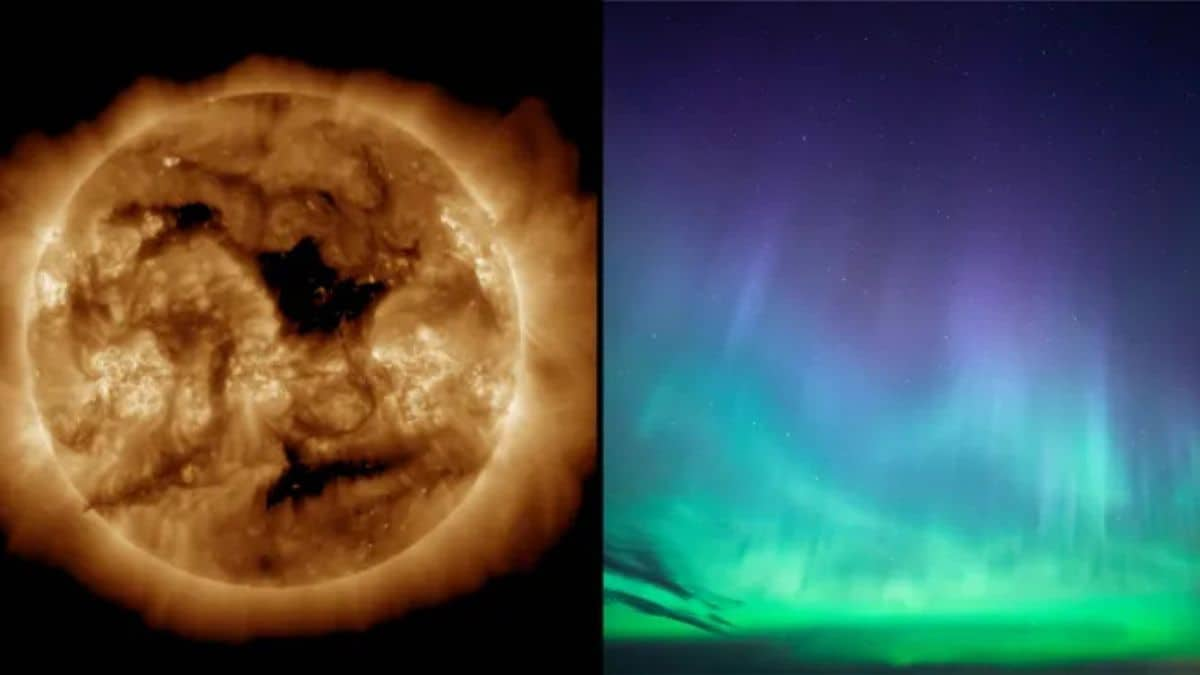A powerful stream of solar wind is expected to strike Earth this weekend due to a large coronal hole in the sun's atmosphere, as per reports. This phenomenon could lead to striking auroral displays, particularly at higher latitudes. A smaller coronal hole adjacent to the primary one is also directing solar wind toward Earth. The geomagnetic activity associated with these events has led to a minor G1-class geomagnetic storm warning being issued for January 4 and January 5.
Auroral Displays and Geomagnetic Storms
In a post on Such geomagnetic storms are classified on a G-scale ranging from G1 (minor) to G5 (extreme).
While G1 storms are relatively common, their effects can produce vivid northern lights. Recent solar activity over the New Year period already triggered impressive auroral displays, extending into regions closer to the mid-latitudes.
Coronal holes are cooler, darker regions in the sun's corona, as described by NOAA. These areas allow solar wind to escape at higher speeds. When this wind interacts with Earth's magnetosphere, it can result in geomagnetic storm conditions, potentially creating stunning auroras.
Impact of Solar Wind on Auroral Activity
As per a Space.com reportexperts suggest aurora enthusiasts, especially those at higher latitudes, could witness spectacular displays if conditions align. Space weather predictions are inherently variable, and outcomes can differ despite forecasts. For those keen to track these events, tools like the “My Aurora Forecast & Alerts” app or NOAA's three-day space weather forecast can provide valuable real-time insights.
While not every geomagnetic warning materialises into visible aurorasthe possibility of captivating northern lights this weekend has heightened anticipation among sky watchers. Individuals in regions with clear, dark skies should remain alert to maximize their chances of witnessing this natural spectacle.


